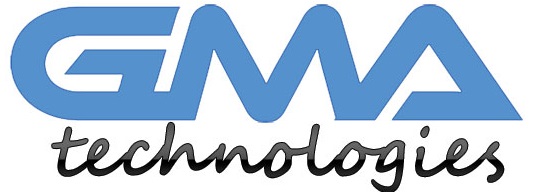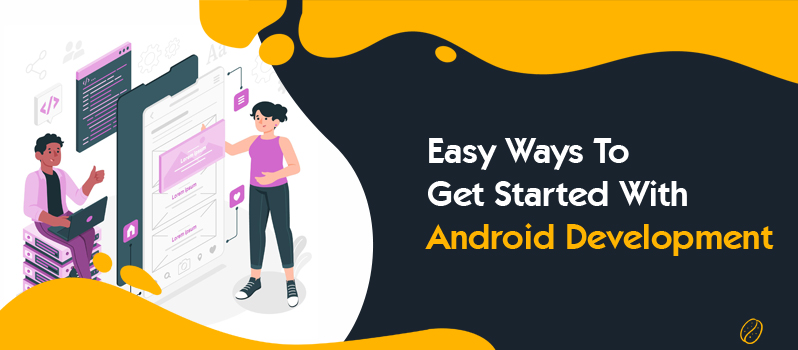Android app development is on the rise and it’s the perfect time for companies to get started. Learn about 4 easy ways to get started with Android development, including some ideas on how to refine your strategy and determine if you want to build an Android app or focus on just one particular aspect of mobile.
What is Android Development?
Android development is the process of creating applications for the Android operating system. The Android SDK provides the tools and APIs necessary to begin developing applications on the Android platform.
Android development can be done in a variety of ways. The most common way is to use the Java programming language and the Android SDK to create native Android applications. Other popular development options include using HTML, CSS, and JavaScript with web frameworks such as Cordova or React Native, or using C++ with the NDK.
No matter what development route you choose, you will need to have some basic knowledge of the Android platform before you can start creating your first app. We recommend checking out our Introduction to Android Development series for a crash course on everything you need to know about Android development.
Benefits of Developing an App
If you’re looking to get started in Android development, there are a few things you should know. First and foremost, developing an Android app can be a great way to improve your skills as a developer. Not only will you learn how to use new tools and technologies, but you’ll also gain experience in designing and building user interfaces, working with databases, and more.
In addition to the personal benefits of becoming a better developer, there are also some practical advantages to developing Android apps. For one thing, the Android platform is growing rapidly, so there’s a good chance that your app will reach a large number of users. And since Android devices are available all over the world, you could potentially reach a global audience with your app.
Of course, not every app is a success, so it’s important to consider the time and effort required to develop an app before getting started. But if you’re willing to put in the work, developing an Android app can be a rewarding experience both personally and professionally.
Requirements for Developing an App
To develop an Android app, you need the Java SE Development Kit (JDK) and the Android SDK. The JDK is a software development kit that enables you to develop Java applications. The Android SDK provides the tools and APIs necessary to build, test, and debug Android apps.
In addition to the JDK and Android SDK, you will need an integrated development environment (IDE) to write and compile your code. We recommend using Eclipse or Android Studio for your IDE. Both are free and have good support for developing Android apps.
Once you have all of the required software installed, you are ready to begin developing your app!
What Platform to Choose?
There are many different Android development platforms out there, so it can be tough to choose the right one for your needs. However, there are a few things you can keep in mind that will help you make your decision.
First of all, you need to decide what kind of app you want to develop. There are many different types of apps, and each type has its own strengths and weaknesses. For example, if you want to develop a game, you’ll need a platform that has good support for graphics and sound. On the other hand, if you want to develop a productivity app, you’ll need a platform with good support for databases and networking.
Once you know what kind of app you want to develop, you can start looking at specific platforms. Some popular options include the Android SDK, Unity 3D, and Unreal Engine 4. Each platform has its own pros and cons, so be sure to do your research before making your final decision.
No matter what platform you choose, remember that the most important thing is to just get started! Android development is a great way to learn new programming skills and create useful apps for yourself or others. So don’t stress too much about which platform to choose – just pick one and start coding!
Downloading the Android Studio
Assuming you have a Windows machine, we will first need to download the Android Studio. You can do so by going to the Android Studio website and selecting the “Download Android Studio for Windows” button.
Once the download has finished, open up the downloaded file and follow the prompts to install Android Studio. Once installed, launch Android Studio and you should be greeted with the following screen:
Getting Started with Java and C++
If you’re new to Android development, you might be wondering where to start. In this section, we’ll take a look at two of the most popular options for developing Android apps: Java and C++.
Java has been the standard language for Android development for many years. It’s easy to learn if you’re already familiar with other programming languages, and it has a vast amount of documentation and resources available.
C++ is a more powerful language that can offer better performance for certain types of apps. It can be more difficult to learn than Java, but it’s worth considering if you’re looking to develop high-performance apps.
Regardless of which language you choose, you’ll need to install the Android SDK (software development kit) and set up an IDE (integrated development environment) before you can start coding. We’ll cover those topics in more detail in upcoming sections.
Pros and Cons of Developing an App
There are a few things to consider before diving into Android development. Here are some pros and cons to help you make your decision:
Pros:
-The Android platform is free and open source. This means that anyone can download the software development kit (SDK) and start creating apps.
-There is a large community of developers who are always willing to help out newcomers.
-Android devices are popular and have a wide range of capabilities, from basic phones to high-end tablets. This gives you a lot of potential customers for your app.
-Developing for Android is relatively easy compared to other mobile platforms.
Cons:
-The Android market is saturated with apps, so it can be difficult to stand out from the crowd.
-Google Play has a lower percentage of paying users than Apple’s App Store, so you may need to rely on in-app purchases or advertising to generate revenue.
-Android devices come in many different shapes and sizes, which can make designing your app for all possible screen sizes a challenge.
Resources For Getting Started With Android Development
The Android SDK is the starting point for all Android development. This comprehensive set of tools includes a debugger, software libraries, a handset emulator based on QEMU, documentation, sample code, and tutorials.
Eclipse is a popular IDE for Java development that also supports Android development with the ADT Plugin.
Android Studio is an IDE based on IntelliJ IDEA that is specifically designed for Android development.
Gradle is a build system used by Android Studio to automate the process of building and deploying apps.
The Android NDK (Native Development Kit) is a set of tools that allows you to develop in C++ using the Android platform.
Conclusion
Thanks for reading! We hope this article has helped you get started with Android development. If you have any questions or comments, please feel free to leave them below. And if you want more tips and tutorials on Android development, be sure to check out our blog.

